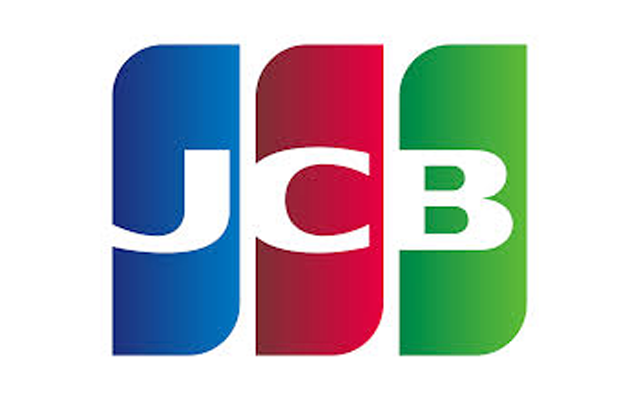

Jumping between Buckets and modules is fast and intuitive, and there’s a real sense of empowerment that comes from being able to apply such high-end processing to the individual elements of a whole drum kit, vocal group, etc. The multitrack functionality is nothing short of revelatory, feeling like a natural replacement for the standard DAW mixer. Just like a real SSL, the EQ is easy to work with, while the extended Dynamics section gives plenty of enveloping options. Waves are no strangers to big desk emulation, and this one’s a beauty, exuding analogue warmth, depth and focus. The first thing to say about CLA MixHub in appraisal is that it sounds superb. There’s also a Dry/Wet mix control for parallel processing.įinally, the Output module houses a bank of buttons for selecting mono or various stereo output formats, stereo widening and narrowing, a 200Hz LF shelf, and comprehensive metering. Below that, the Gate/Expander adds ducking to the SSL setup, complete with Hold control, and a full-on sidechain EQ for highly detailed shaping of external keying signals. Both models offer ratios up to inf:1, and two Attack speeds. The Dynamics section is headed up by a compressor that switches between the original SSL design and sound, and an emulation of Lord- Alge’s ‘blue stripe’ (or “Bluey”, as he calls it) Universal Audio 1176, with its lightning fast attack and alternative sound.
#WAVES SSL REVIEW SOUND ON SOUND MANUAL#
The name of each plugin’s host track appears at the top of its strip in Bucket View (although we did experience the odd bug in that department, necessitating manual renaming), and channels are rearranged within Buckets by dragging and dropping.
#WAVES SSL REVIEW SOUND ON SOUND FULL#
Most of the Channel View controls are visible for each module, and those that aren’t (the Output format buttons, for example) can be revealed via the Expanded VIew button, which shows the full module for one channel - but not, alas, its full strip. Then, flip any instance of MixHub from the regular Channel View to Bucket View to see your choice of the four channel strip modules (Input, EQ, Dynamics or Output) for the up-to-eight component channels of the active Bucket, ready for visually grouped editing, with eight tabs along the top used to switch between Buckets. So, you have one Bucket for your drum channels, another for your vocals, one for your guitars, etc. You then assign each instance to one of eight ‘Buckets’ - each of which holds up to eight channels - either via a menu or a colour-coded assignment overview. You start by loading the plugin onto every channel of your mix - don’t worry, it’s impressively light on CPU usage. MixHub’s multitrack workflow couldn’t be easier to operate.


 0 kommentar(er)
0 kommentar(er)
